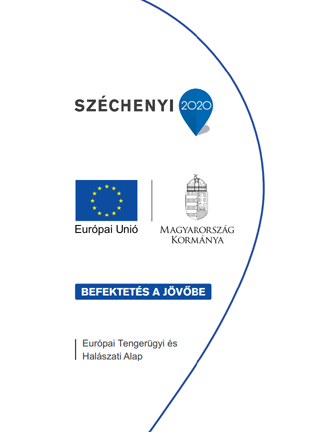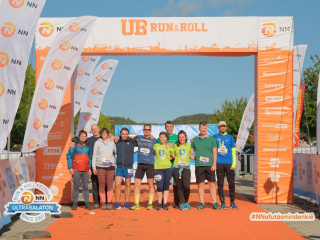
Morphological and molecular biological investigation on the actinosporean stages of fish parasitic Myxosporeany collected in Lake Balaton & Kis-Balaton reservoir in 2011
Hafiz Borkhanuddin, Gábor Cech, Györgyi Ostoros, Kálmán Molnár, Csaba Székely
MTA Centre for Agricultural Research, Institute for Veterinary Medical Research, Budapest
Abstract
A survey for finding actinospore stages of myxosporeans in oligochaetes were conducted from April 2011 to September 2011. Nine types of actinospores (3 triactinomyxons, 4 aurantiactinomyxons, 1 echinactinomyxon, 1 raabeia) of parasitic myxozoans were collected from the Lake Balaton and Kis Balaton and identified exclusively by morphological features.
The oligochaetes were isolated in „cell well plates” and from the infected sprecimens actinospores were collected. From Kis-Balaton and the mouth of Zala River, 145 branchiura worms, Branchiura sowerbyi, were collected. From other regions of the Lake Balaton oligochaetes belonging to other genera were sampled. The majority of the so-called “large sized” oligochaete species collected was Isochaetides michaelseni, while the “small sized” oligochaetes were Nais sp., Dero sp. Although a total of 3528 individuals of oligochaetes were isolated and underwent routine examination during the study time, up to this time, only the B. sowerbyi and I. michaelseni proved to be infected and released the actinospores. Triactinomyxon (TAM) type actinospores showed the highest prevalence, and of them TAMs of Myxobolus pseudodispar were the most abundant at isolations.
Besides morphological identifications the collected actinospores were studied by molecular biological methods, as well. 18S rDNA sequences of actinospores were compared with sequences of myxospores obtained in a parallel running study in order to select myxosporean pairs, and obtaining data on the life cycle of the myxozoans from Lake Balaton and Kis Balaton Reservoir. Up to this time partial sequencing of four actinospores from this investigation was performed. Based on 602 and 632 basepairs two triactinomyxon samples proved to be identical with Myxobolus pseudodispar. By studying 1645 basepairs of one of the aurantiactinomyxon sample, the closest sequence identity was found with M. cultus (92%). A second aurantiactinomyxon sample was partially sequenced (1294 bps). It showed a 97% similarity to M. intimus. Molecular investigation on other actinospores types have still been in progress.
Acknowledgements: for the financial support of OTKA K 71837 and Malaysian Governmental Scholarship.
Programajánló
Hírek
Tisztelt Látogatók!
A hazai agrár-felsőoktatás szükséges megújulásának mérföldköve az alapítványi fenntartású Magyar Agrár- és Élettudományi Egyetem (MATE) létrejötte, amely 2021. február 1-től 5 campuson, több mint 13 ezer hallgató számára fogja össze a dunántúli és közép-magyarországi élettudományi és kapcsolódó képzéseket. Az intézményhez csatlakozik a Nemzeti Agrárkutatási és Innovációs Központ (NAIK) 11 kutatóintézete is, így az új intézmény nem csupán egy oktatási intézmény lesz, hanem az ágazat szellemi, szakpolitikai és innovációs központjává válik, amely nagyobb mozgásteret biztosít a képzések, a gazdálkodás és szervezet modernizálásához, fejlesztéséhez. Az összeolvadással magasabb fokozatra kapcsolunk, a kutatói és egyetemi szféra szorosabban fonódik majd össze, aminek következtében még több érdekes, izgalmas kutatás-fejlesztés születhet majd az agrárium területén.
Kérjük, kövesse tevékenységünket a jövőben is a www.uni-mate.hu honlapon!
A szokásostól eltérően az idei évben ősszel, október 03-04 között került megrendezésre az Ultrabalaton csapatversenye. NAIK-os csapat az idei évben állt először rajthoz a 14. alkalommal kiírt versenyen.


